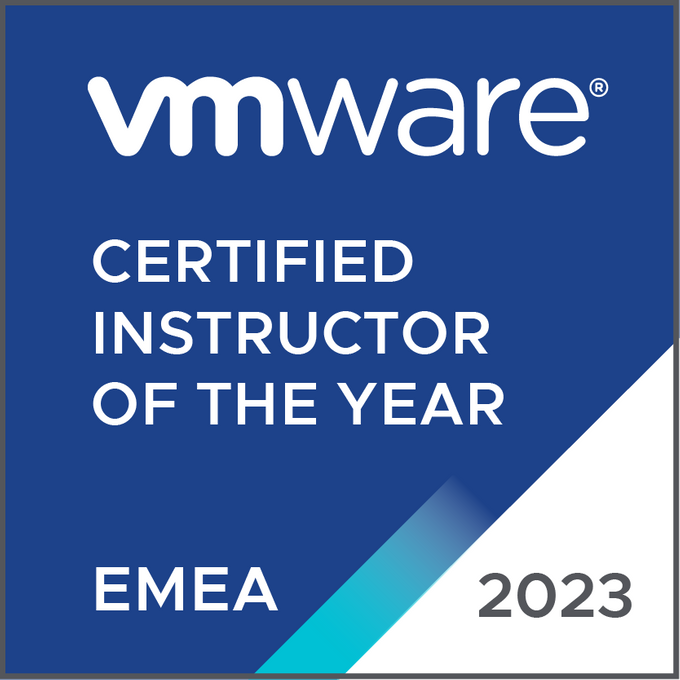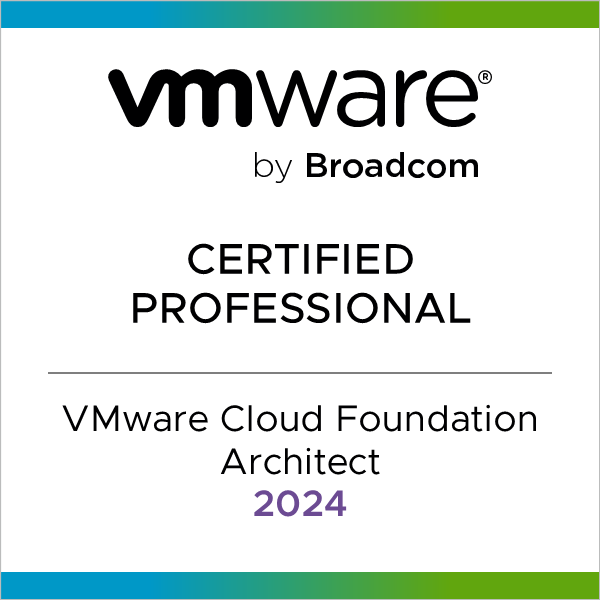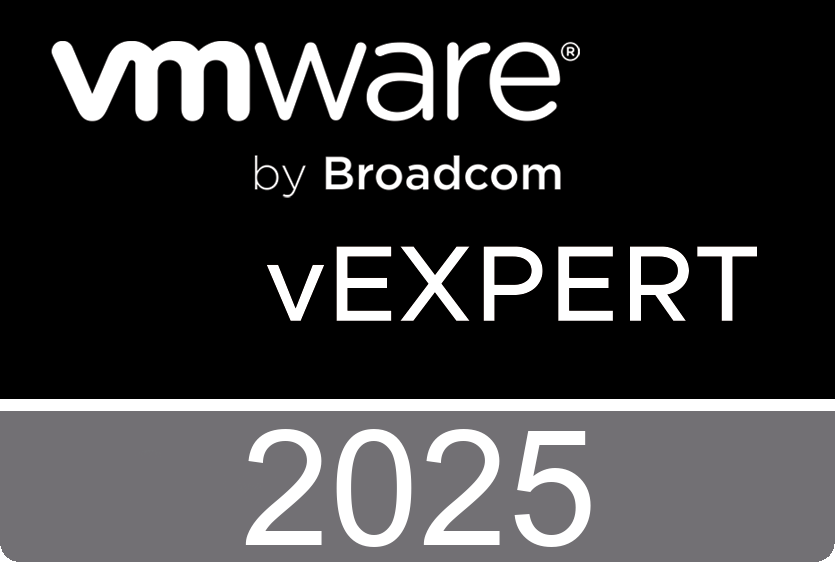UEFI virtual BIOS. Virtual machines running on ESXi 5.0 can boot from and use the Unified Extended Firmware Interface (UEFI). When you create a new virtual machine on an ESXi 5.0 host you have the option to choose for virtual machine version 8. This new version brings a lot of extra (scalability) features but there’s one other interesting new feature. The Extensible Firmware Interface can be selected to replace the BIOS of a virtual machine. EFI is the successor of the traditional BIOS which is used since the introduction of the IBM PC back in 1981. If you want to host Apple Mac OS X 10.6 in a virtual machine, you need EFI. In this video I’ll show you how to get access to the EFI interface. I’ll also show you how you can get access to the pre-OS command line environment.
When you select a guest operating system, BIOS or Extensible Firmware Interface (EFI) is selected by default, depending on which firmware the operating system uses. Mac OS X Server guest operating systems support only EFI. If the operating system supports both BIOS and EFI, you can change the default before you install the guest operating system. Use the Virtual Machine Properties dialog box at the end of the creation process or after the virtual machine is created. The Firmware selection pane is on the Options tab under Advanced > Boot Options.
vSphere 5.0 also supports booting ESXi hosts from the Unified Extensible Firmware Interface (UEFI). With UEFI you can boot systems from hard drives, CD-ROM drives, or USB media. Booting over the network requires the legacy BIOS firmware and is not available with UEFI.


